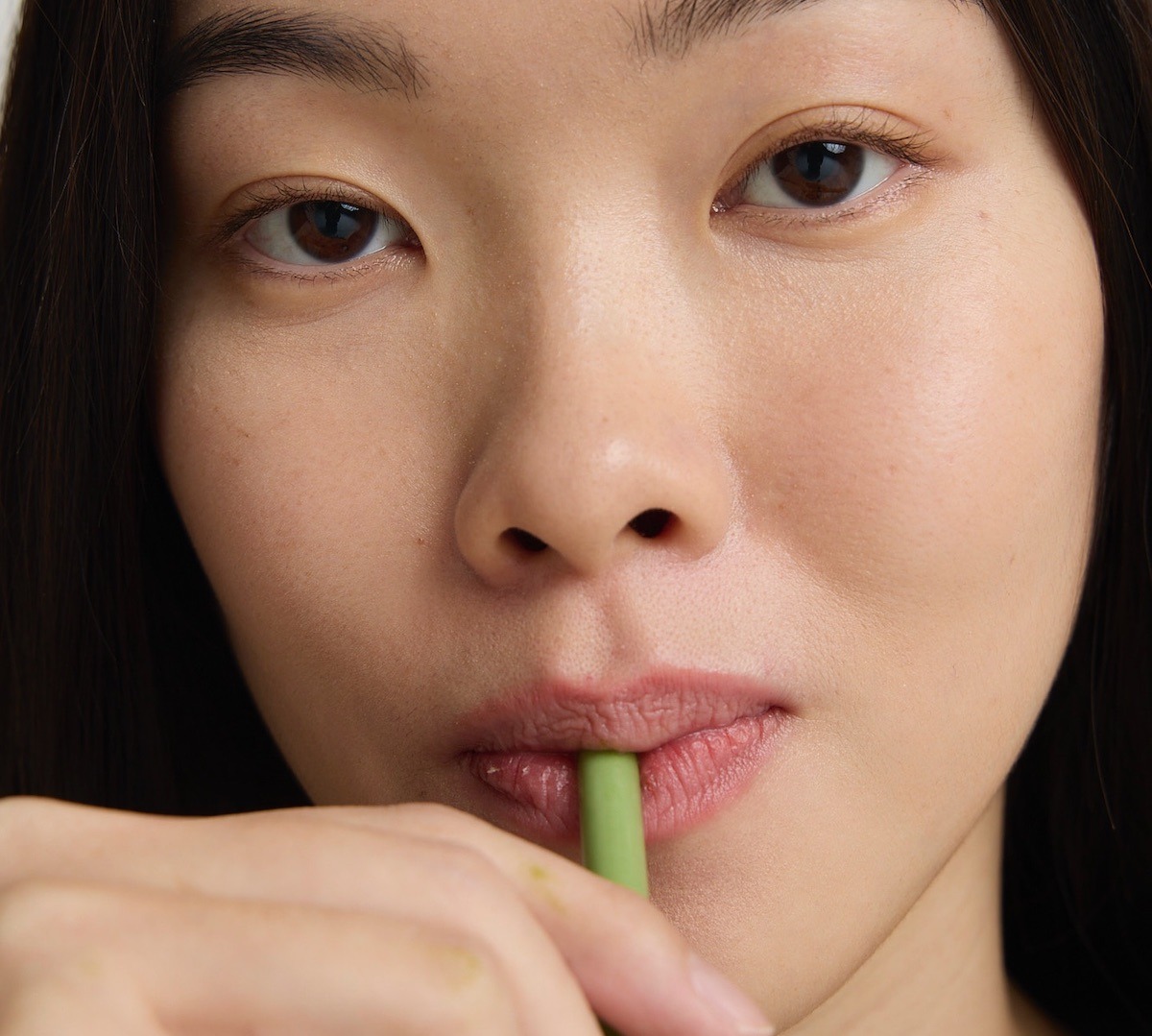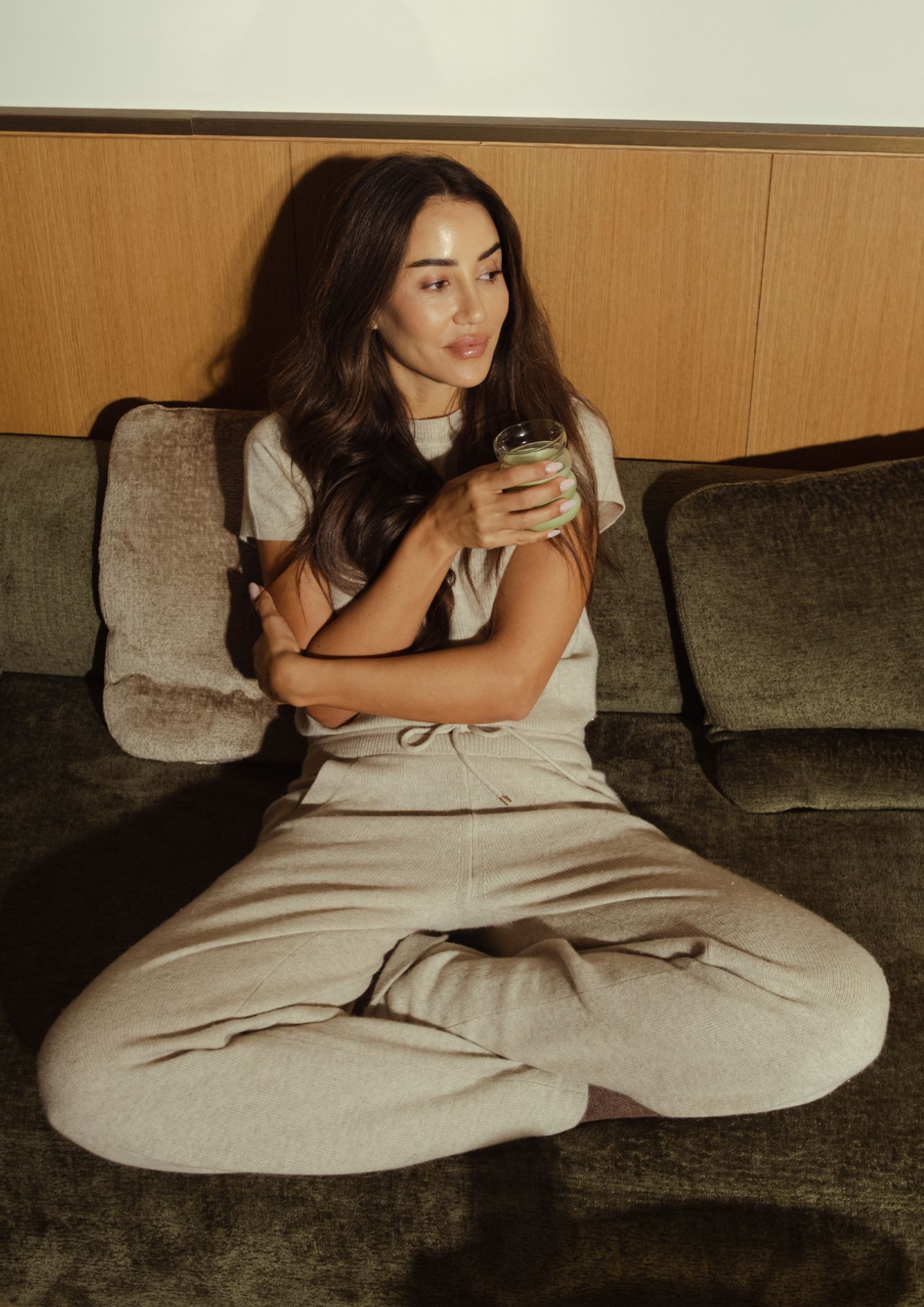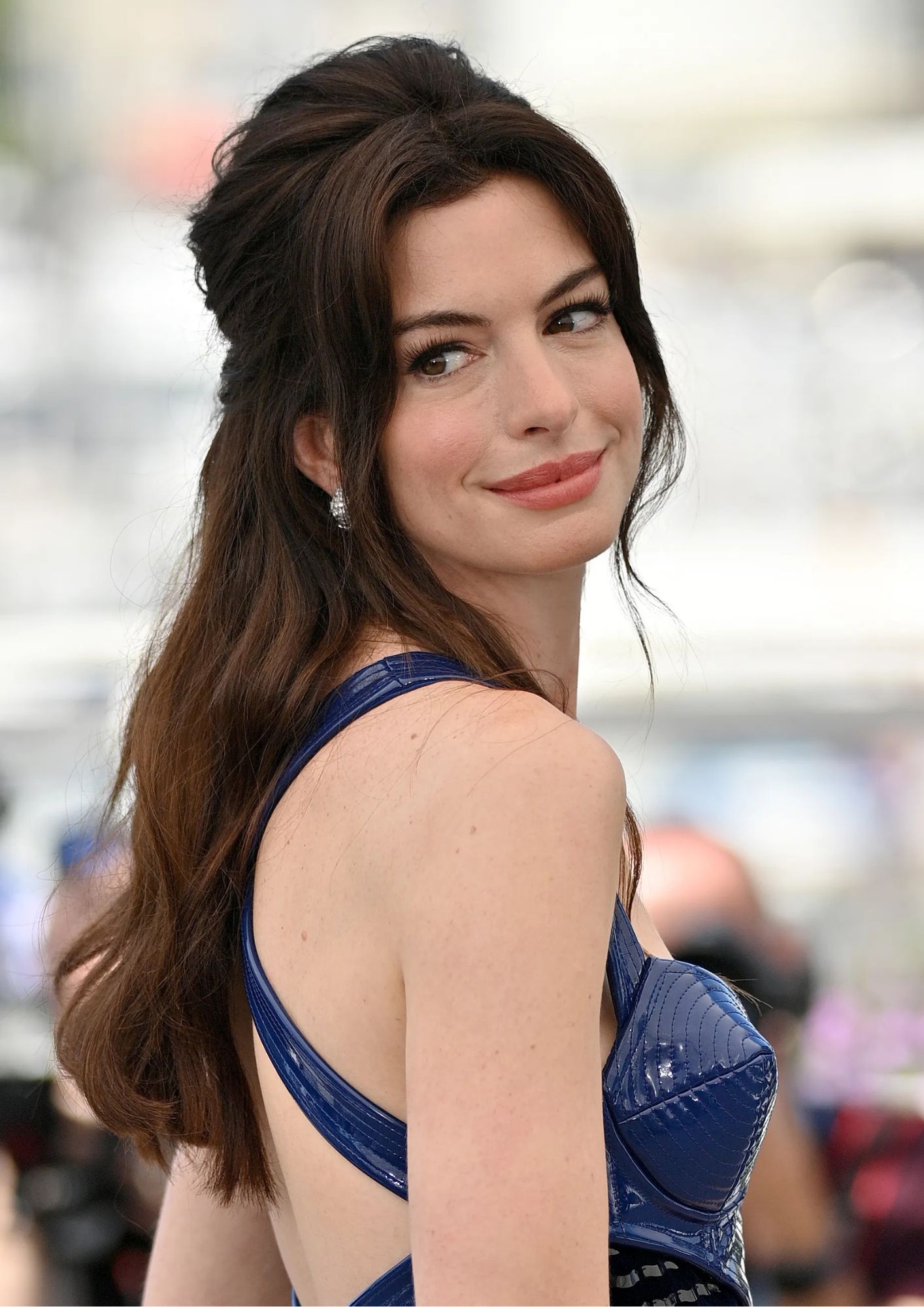Matcha has transformed from a ceremonial drink enjoyed by Japanese monks into a global phenomenon. Its vibrant green hue and rich nutritional profile have conquered social media, cafés, and wellness store shelves. “Matcha is a ritual in a cup,” says Chiara Dalla Mora, founder of The Matcha Club. But what lies behind its popularity, and what comes after matcha?
The rise of matcha can be attributed to the fusion of three elements: the search for healthy daily routines that promote longevity, the aesthetic appeal of a mindful ritual integrated into everyday life, and a digital culture driven by visually captivating products.
It’s also a trend that most people can easily take part in. All it takes is a photo of your green drink. This combination makes matcha more than just a beverage. It has become a symbol of modern wellness culture and a small, domestic ceremony in a world accustomed to instant feedback.
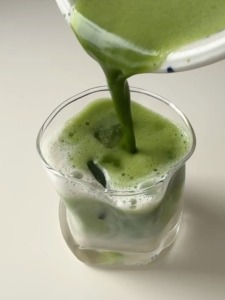
Photo: Caroline Taborda
More than just a trend
Unlike regular green tea, matcha is consumed as a fine powder made from the entire leaf. This means the body receives the full spectrum of antioxidants, chlorophyll, vitamins, and minerals—something a traditional infusion cannot provide. The caffeine combined with L-theanine produces calm, sustained focus rather than the sudden energy rush of coffee.
But its nutritional value isn’t the only reason behind its appeal. Matcha is a ritual. Preparing it requires attention and patience. “Three minutes of preparation bring us back to the present moment and calm the mind,” says Chiara. As we pour water over the powder and watch the emerald foam rise, we create a space in which we can slow down. Matcha has become a mindfulness symbol within the fast pace of modern life.
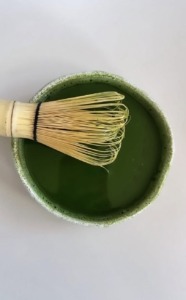
Photo: Caroline Taborda
“Visual appeal and connection to tradition make matcha irresistible,” says Zrinka Blažević, co-founder of the wellness brand Materia. Beyond its striking appearance, which played a key role in its rise from a coffee alternative to a global phenomenon, matcha has seamlessly blended into the ever-growing well-being culture.
Its vivid green color is ideal for photography, while the combination of modern lifestyle and Japanese tradition adds an air of exoticism and prestige. People don’t drink it only for the taste or health benefits, but also for the status, ritual, and sharing of an authentic experience. Yet at the beginning of the year, this popularity revealed the downside of virality.
The challenges of global popularity
Mass demand for matcha has created a problem. High-quality ceremonial matcha, sourced from specific Japanese regions and made from the first-harvest leaves, has become rare and expensive. The industry’s attempt to meet growing demand often fell short of ceremonial standards. “The market has been flooded with poor-quality and questionable matcha, so one must be very careful,” notes Maja Blažević, co-founder of Materia.
Such matcha offers neither nutritional value nor the ritual depth of the real thing. In fact, it is often extremely bitter and completely misses the essence of the matcha experience.
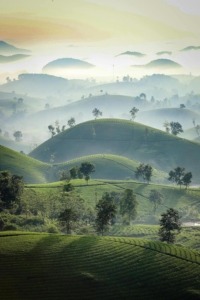
Photo: Son Hoa Nguyen
Šta dolazi nakon matche?
The matcha trend has paved the way for a new wave of wellness drinks. Some of the most intriguing contenders include:
- Hojicha: a roasted green tea with nutty, caramelized notes and a lower caffeine content.
- Kurkuma latte, mulberry latte, blue matcha latte: visually striking drinks that combine flavor, aesthetics, and health benefits.
- Hibiscus latte: a pink alternative, perfect for caffeine-free evening rituals.
“Still, matcha is unique. Its nutritional density and method of preparation create something that holds both functional and ritual value. That combination is hard to replace,” says Chiara.
As the market continues to evolve, ceremonial matcha remains the benchmark of authenticity and quality. Its popularity has opened the door for new plant-based coffee alternatives, yet it continues to stand as the green standard that defines what is premium, ritualistic, and health-oriented.
